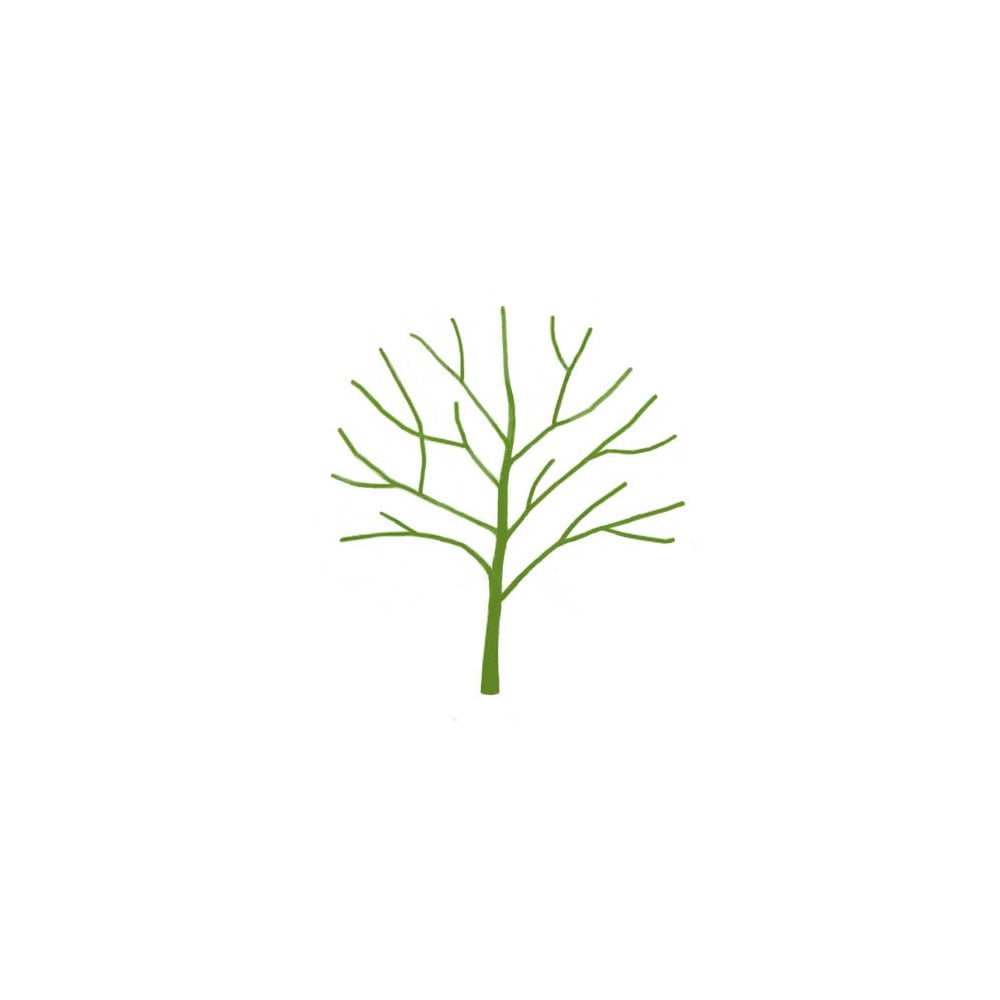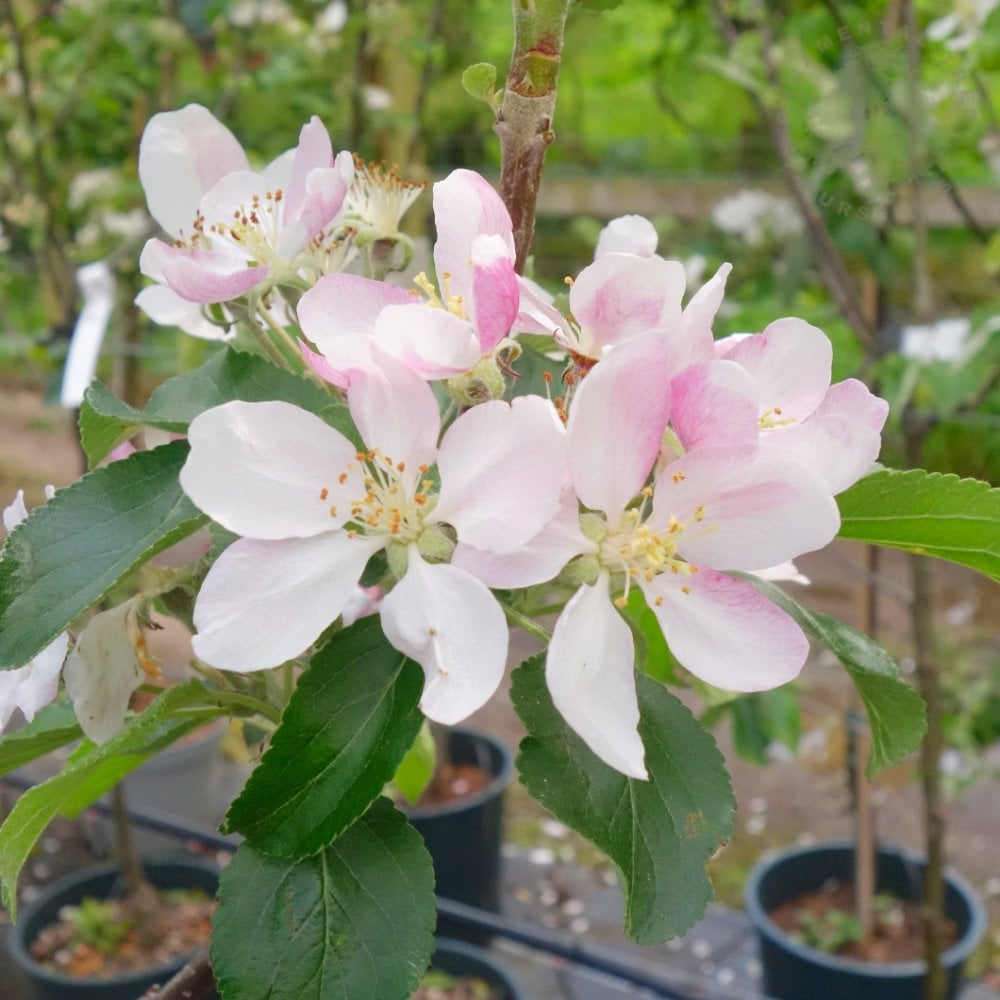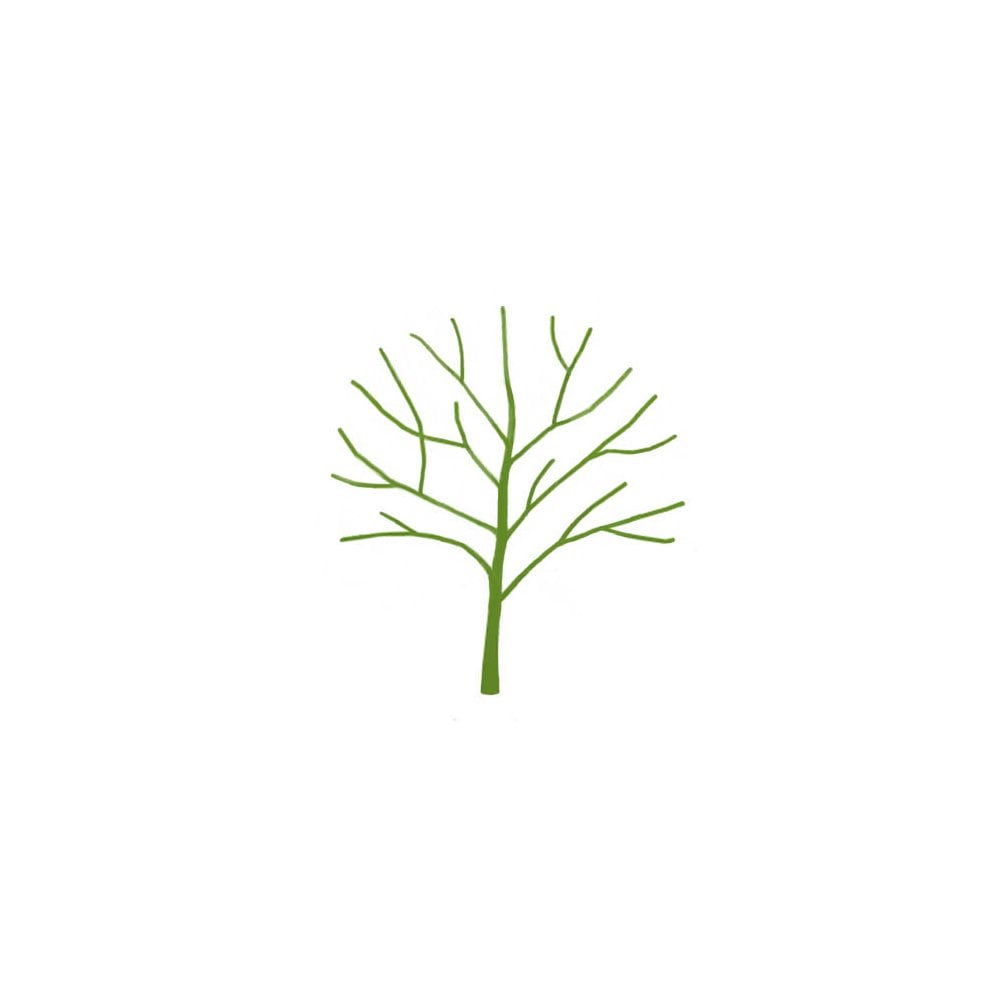Charles Ross Apple Tree
Charles Ross Apple Tree
Dual Purpose Eating & Cooking Apple Trees

Charles Ross Apple Tree
Dual Purpose Eating & Cooking Apple Trees




Key features





Description
Suited to northern areas, Charles Ross apple trees produce particularly attractive red/orange striped, dual-purpose apples. The large, versatile apples are aromatic and have a sweet, slightly sharp taste with light yet firm flesh. They can be eaten fresh, used in cooking or turned into juice. They also store for up to 3 months.
Charles Ross apple trees are easy to grow and crop in October. Whilst partially self-fertile, to get the best out of Charles Ross apple trees ensure that there is a group B or C pollination partner within a half mile radius.
Malus domestica 'Charles Ross' apple trees originates from England in around 1890.
| Small shrubs (1-3) | Young trees & 4+ small shrubs | Select semi-mature trees & shrubs (1-4) | All other mature trees (any quantity) | |
|---|---|---|---|---|
| Mainland UK ex. Scottish Highlands | £10 | £12 | £35 | from £55 |
| Scottish Highlands & the Islands | From £30 | |||
| Outside Mainland UK | Currently we are unable to deliver outside of Mainland UK | |||
Product Details
Key features





Description
Suited to northern areas, Charles Ross apple trees produce particularly attractive red/orange striped, dual-purpose apples. The large, versatile apples are aromatic and have a sweet, slightly sharp taste with light yet firm flesh. They can...
Suited to northern areas, Charles Ross apple trees produce particularly attractive red/orange striped, dual-purpose apples. The large, versatile apples are aromatic and have a sweet, slightly sharp taste with light yet firm flesh. They can be eaten fresh, used in cooking or turned into juice. They also store for up to 3 months.
Charles Ross apple trees are easy to grow and crop in October. Whilst partially self-fertile, to get the best out of Charles Ross apple trees ensure that there is a group B or C pollination partner within a half mile radius.
Malus domestica 'Charles Ross' apple trees originates from England in around 1890.
Planting & Care
Delivery Information
| Small shrubs (1-3) | Young trees & 4+ small shrubs | Select semi-mature trees & shrubs (1-4) | All other mature trees (any quantity) | |
|---|---|---|---|---|
| Mainland UK ex. Scottish Highlands | £10 | £12 | £35 | from £55 |
| Scottish Highlands & the Islands | From £30 | |||
| Outside Mainland UK | Currently we are unable to deliver outside of Mainland UK | |||
MORE TO GROW YOUR GARDEN






















